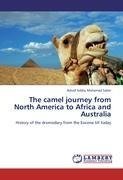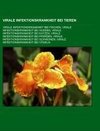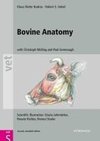
-
 Anglický jazyk
Anglický jazyk
The camel journey from North America to Africa and Australia
Autor: Ashraf Sobhy Mohamad Saber
Camelids are unusual in that their modern distribution is almost a mirror-image of their origin. Camelids first appeared very early in the evolution of the even-toed ungulates, around 45 million years ago during the middle Eocene, in present-day North America.... Viac o knihe
Na objednávku, dodanie 2-4 týždne
53.42 €
bežná cena: 60.70 €
O knihe
Camelids are unusual in that their modern distribution is almost a mirror-image of their origin. Camelids first appeared very early in the evolution of the even-toed ungulates, around 45 million years ago during the middle Eocene, in present-day North America. Some of the camelids cross the Bering Straite in the Glacial epoch and arrived in Asia and then after into Africa and recently to Australia by the Afghans.The other part of the camelids family reached South America through the Isthmus of Panama. Three species groups survived: the Dromedary of northern Africa and south-west Asia; the Bactrian Camel of central Asia; and the South American group, which has now diverged into a range of forms that are closely related but usually classified as four species: Llamas, Alpacas, Guanacos, and Vicuñas. The proposed time of camel domestication is before 2000 B.C. The only domestication center for the dromedary could be mentioned is the South Arabia, about the 4th millennium B.C. The suggested route of camels entery into Africa is either by the south route after crossing the Red Sea, or by the north route crossing Sinai about 2200-2100 B.C., or by both routes.
- Vydavateľstvo: LAP LAMBERT Academic Publishing
- Rok vydania: 2012
- Formát: Paperback
- Rozmer: 220 x 150 mm
- Jazyk: Anglický jazyk
- ISBN: 9783659158681



 Nemecký jazyk
Nemecký jazyk 








